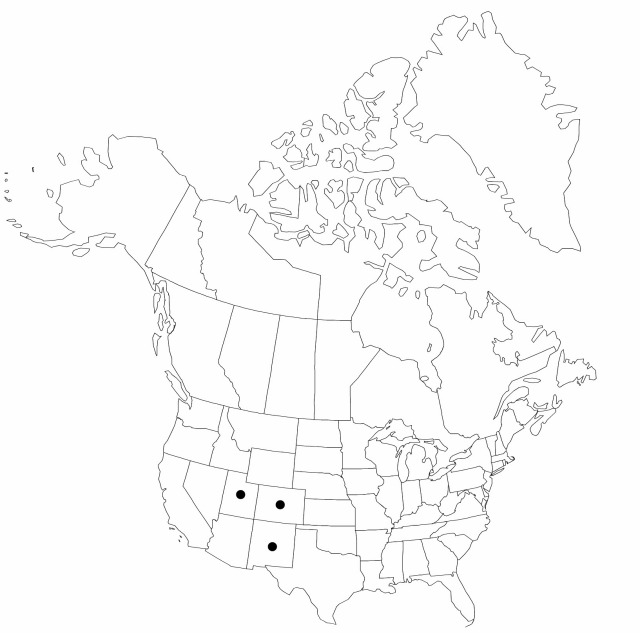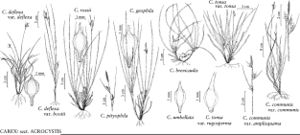Difference between revisions of "Carex pityophila"
Bull. Torrey Bot. Club 40: 545. 1913.
FNA>Volume Importer |
FNA>Volume Importer |
||
| Line 32: | Line 32: | ||
-->{{#Taxon: | -->{{#Taxon: | ||
name=Carex pityophila | name=Carex pityophila | ||
| − | |||
|authority=Mackenzie | |authority=Mackenzie | ||
|rank=species | |rank=species | ||
| Line 47: | Line 46: | ||
|publication year=1913 | |publication year=1913 | ||
|special status= | |special status= | ||
| − | |source xml=https://jpend@bitbucket.org/aafc-mbb/fna-data-curation.git/src/ | + | |source xml=https://jpend@bitbucket.org/aafc-mbb/fna-data-curation.git/src/f50eec43f223ca0e34566be0b046453a0960e173/coarse_grained_fna_xml/V23/V23_1007.xml |
|genus=Carex | |genus=Carex | ||
|section=Carex sect. Acrocystis | |section=Carex sect. Acrocystis | ||
Revision as of 20:04, 16 December 2019
Plants densely cespitose; rhizomes ascending, reddish brown, 0–10 mm, stout. Culms 3–12 cm, strongly scabrous distally; bases (remnants of old leaves) weakly fibrous. Leaf blades green, usually exceeding stems, 0.8–1.5(–2.6) mm wide, herbaceous, glabrous abaxially, glabrous or slightly scabrous adaxially. Inflorescences with both staminate and pistillate spikes; peduncles of basal spikes erect, elongate, slender; peduncles of staminate spikes 4–6.9 mm; proximal nonbasal bracts leaflike, exceeding inflorescences. Spikes: proximal pistillate spikes 2–3 (basal spikes 1); cauline spikes overlapping or somewhat separated, with 1–3 perigynia; staminate spikes 4.8–5.7(–8) × 0.7–1.5 mm. Scales: pistillate scales pale reddish brown with white margins, ovate, 2.9–3.6 × 1.4–1.8 mm, equaling or shorter than perigynia, apex acute to acuminate; staminate scales ovate to lanceolate, 3.9–4.8 × 1.2–1.8 mm, apex acute to acuminate. Anthers 1.2–2.1 mm. Perigynia green to yellowish brown, veinless, ellipsoid to ovoid, 3.3–4.4 × 1.4–1.6 mm; beak slightly bent, green to yellowish brown, often reddish brown at apex, 0.7–1.6 mm, smooth or weakly ciliate-serrulate, apical teeth 0.2–0.4 mm. Stigmas 3. Achenes brown, obovoid, obtusely trigonous in cross section, 1.9–2.1 × 1.4–1.6 mm.
Phenology: Fruiting mid May–early Aug.
Habitat: Open or partly shaded, rocky and sandy sites along stream banks, in ponderosa and pinyon pine, aspen, and sagebrush-grass communities
Elevation: 2000–3700 m
Distribution

Colo., N.Mex., Utah.
Discussion
Carex pityophila can appear similar to depauperate specimens of C. rossii from high elevations and is closely related to C. geophila. Plants from the San Bernardino Mountains in southern California are similar to C. pityophila in habit, leaf morphology, and perigynia number per pistillate spike; their perigynia have more prominent veins, suggesting that they may be more closely related to C. globosa. All western montane taxa warrant much closer scrutiny.
Selected References
None.
